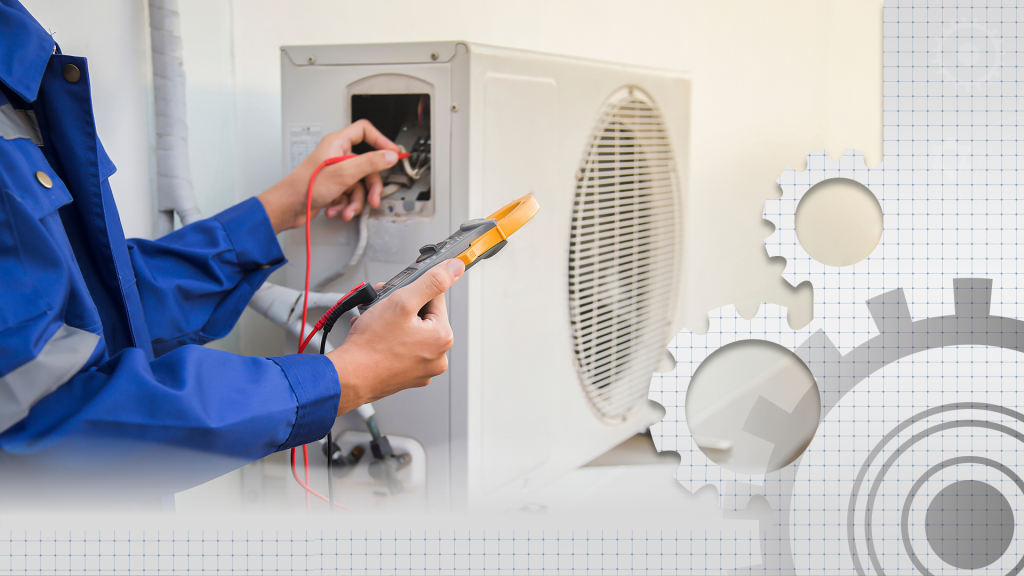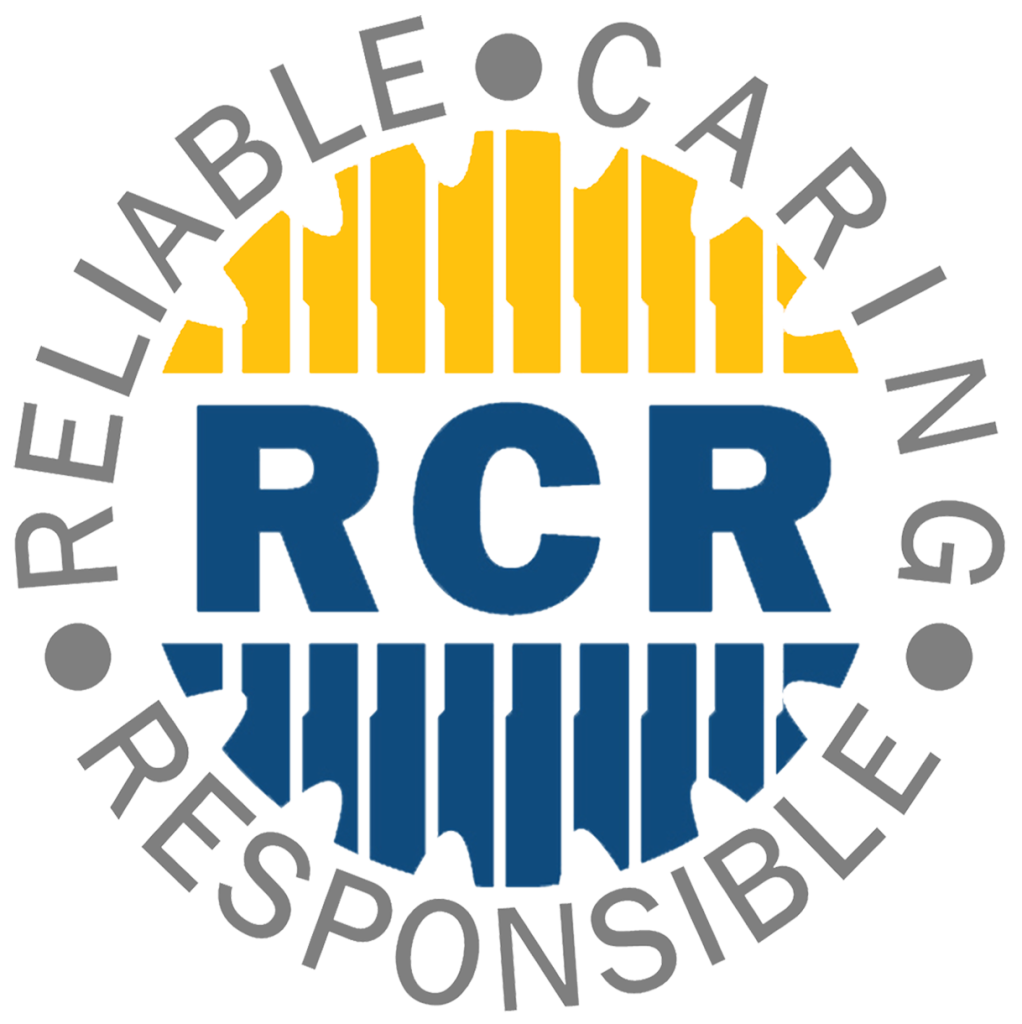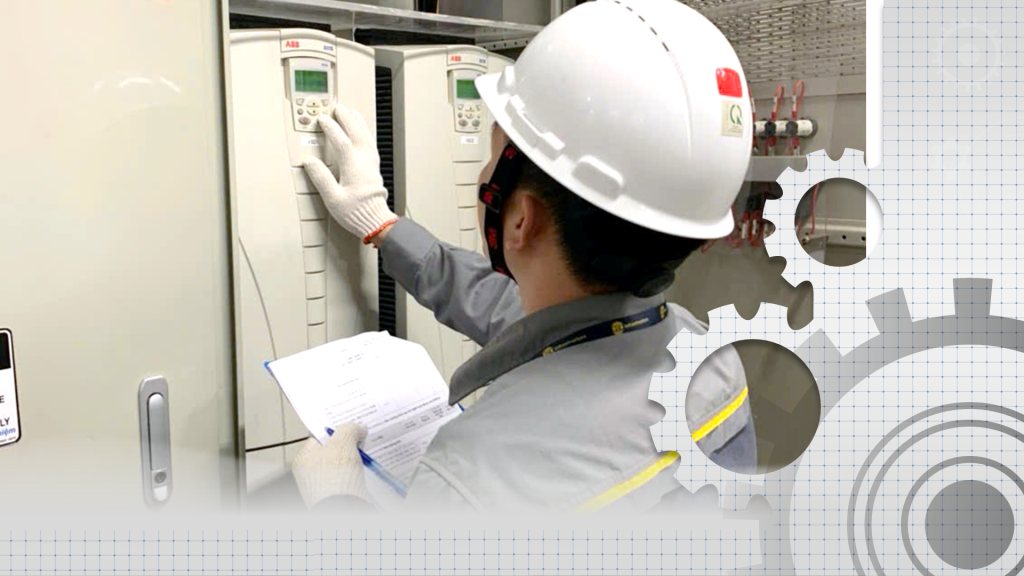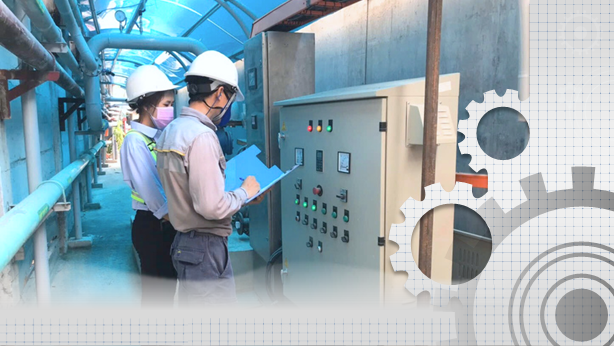Extending the life of equipment is a top priority for any organization that depends on building systems and machinery. From HVAC units and elevators to generators and specialized assets, every piece of equipment represents a significant investment. The longer these assets perform at peak efficiency, the higher the return on that investment.
However, equipment longevity doesn’t happen by chance. It requires strategic planning, proactive maintenance, and smart utilization of resources. Extending equipment life is not only about reducing replacement costs. It also enhances safety, sustainability, and long-term reliability.

Key Takeaways
-
- Understand the baseline: Know your equipment’s starting point
- Implement preventive and predictive maintenance to extend equipment life
- Track, monitor, and optimize equipment usage
- Minimize downtime through smarter coordination
- Focus on training, safety, and proper operation
Understand the baseline: Know your equipment’s starting point
Before extending equipment life, facilities managers need a clear understanding of baseline performance. This baseline shows how equipment is currently used, how often it sits idle, and where failures tend to occur.
Facilities teams should gather and analyze data such as:
- Usage frequency: How often each machine is in operation.
- Idle time: How long equipment remains unused between tasks.
- Maintenance history: Records of past repairs, upgrades, and failures.
- Energy consumption: Tracking inefficiencies that often signal wear and tear.
For example, if a chiller consistently runs above capacity, it may indicate load distribution problems that accelerate wear. Identifying this early allows adjustments that prevent costly breakdowns.
📌 Key takeaway: Establishing a baseline helps facilities managers make smarter, proactive decisions that directly extend equipment life.
Implement preventive and predictive maintenance to extend equipment life
Moving from reactive repairs to preventive and predictive maintenance is one of the most effective ways to extend equipment life.
- Preventive maintenance (PM): Scheduled inspections, cleaning, lubrication, and parts replacement before issues arise.
- Predictive maintenance (PdM): Uses IoT sensors, vibration analysis, and real-time monitoring to predict failures before they happen.
Examples include:
- Replacing HVAC filters every three months to avoid airflow problems.
- Using oil analysis sensors on generators to detect contamination early.
- Leveraging a computerized maintenance management system (CMMS) to automate scheduling, ensure compliance, and keep detailed records.
📌 Key takeaway: Planned maintenance reduces downtime, prevents errors, and helps equipment exceed its expected life span.
Track, monitor, and optimize equipment usage
Improper usage or lack of tracking often leads to unnecessary wear and premature failure. Tracking ensures assets are used efficiently and consistently.
Benefits of equipment tracking:
- Location awareness: Reduces delays caused by misplaced tools or machines.
- Utilization insights: Reveals underused or overworked equipment.
- Trend analysis: Highlights recurring issues and inefficiencies.
For example, if pumps on one floor are overworked while others sit idle, rebalancing workloads can extend service life. Similarly, tracking late equipment returns in rental scenarios reduces costs and delays.
📌 Key takeaway: Optimizing usage prevents overloading, balances workloads, and helps facilities maximize asset value.
Minimize downtime through smarter coordination
Unplanned downtime not only disrupts workflows but also shortens equipment lifespan. Every minute of idle or overloaded operation adds stress to critical systems.
Facilities managers can reduce downtime by:
- Coordinating asset use across shifts and departments.
- Prioritizing critical assets for essential operations.
- Conducting pre-emptive checks before heavy use or major projects.
For example, rotating the use of multiple elevators during off-peak hours helps balance wear on mechanical parts. Similarly, coordinating the operation schedule of chillers in the central HVAC system prevents overloading a single unit while ensuring consistent cooling throughout the building.
📌 Key takeaway: Smarter scheduling and coordination reduce idle strain, prevent overloading, and extend equipment reliability.
Focus on training, safety, and proper operation to extend equipment life
Even the best maintenance strategy can fail if staff misuse equipment. Human error is one of the leading causes of premature equipment failure.
Best practices include:
- Conducting regular staff training on correct operation.
- Providing clear and updated O&M manuals to reduce guesswork.
- Enforcing safety protocols for start-up, shutdown, and load management.
- Creating feedback loops so technicians can report unusual performance.
For example, operators who skip proper cooldown procedures on a generator may cause early failure. With proper training, staff understand why these steps are essential for extending service life.
📌 Key takeaway: Well-trained and safety-focused staff are the frontline of protecting assets and maximizing equipment life.
Extending equipment life is not about luck. It is about deliberate action. By establishing performance baselines, adopting preventive and predictive maintenance, monitoring usage, reducing downtime, and ensuring proper training, facilities managers can significantly improve asset performance and longevity.
These strategies deliver more than cost savings. They improve safety, support sustainability goals, and ensure reliability. For organizations managing critical infrastructure, equipment longevity directly translates into operational resilience and long-term efficiency.





